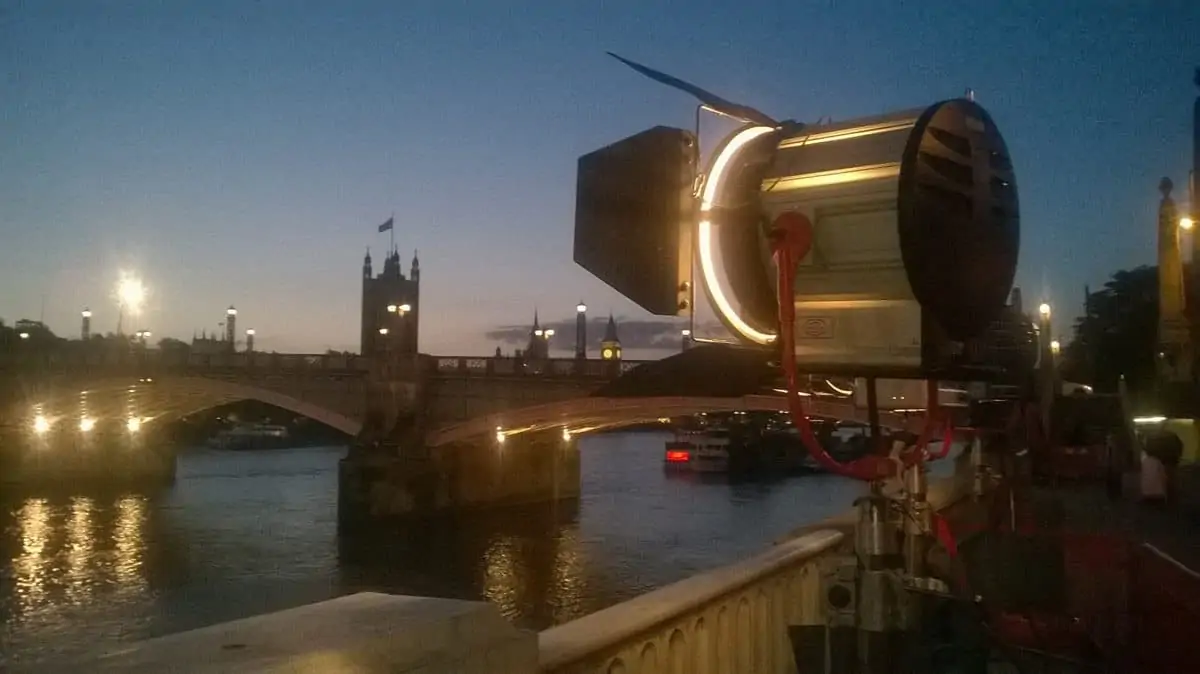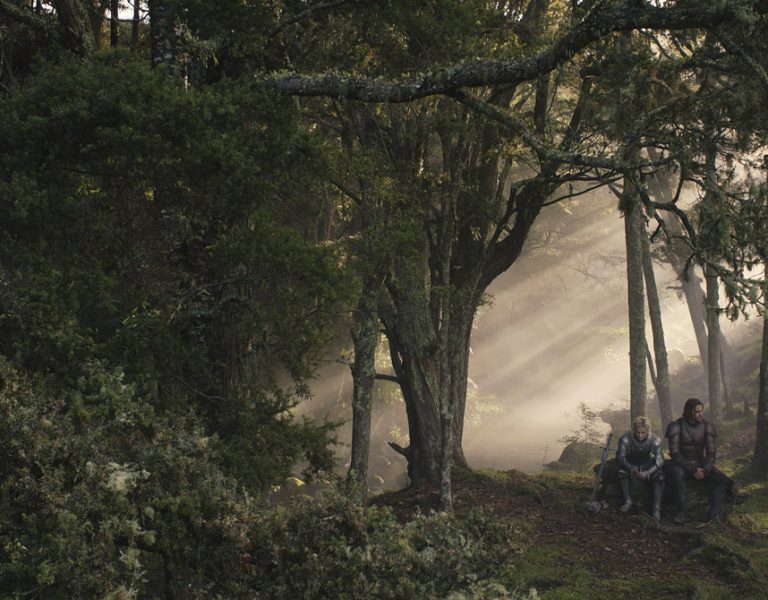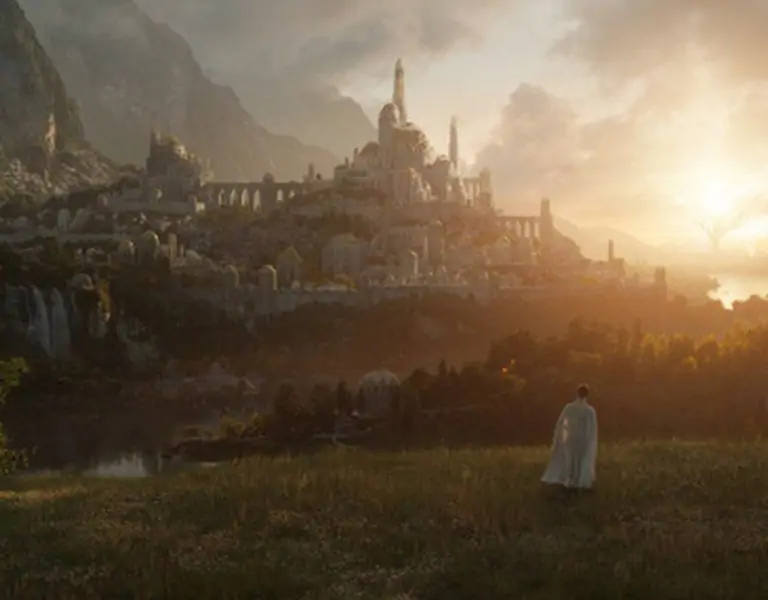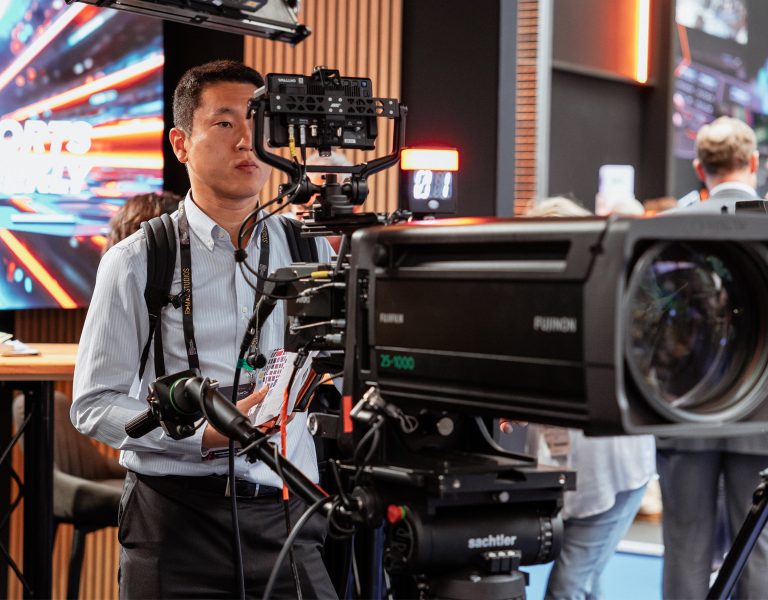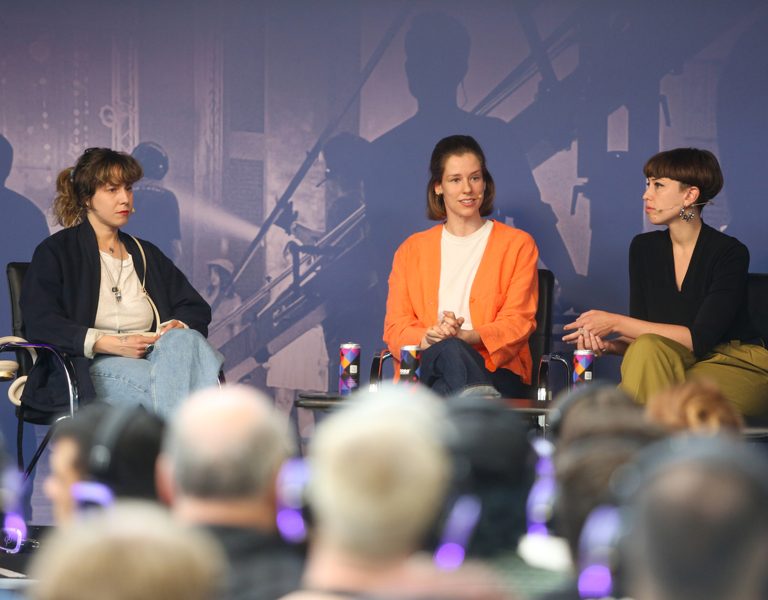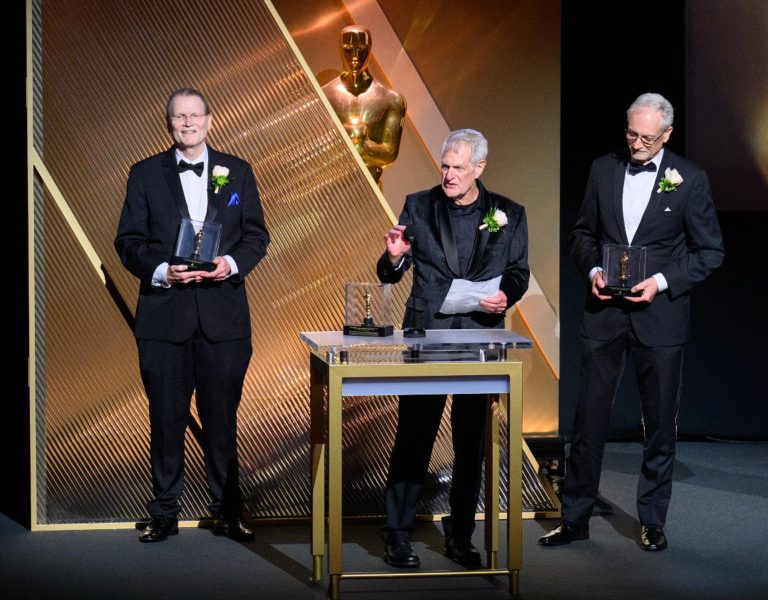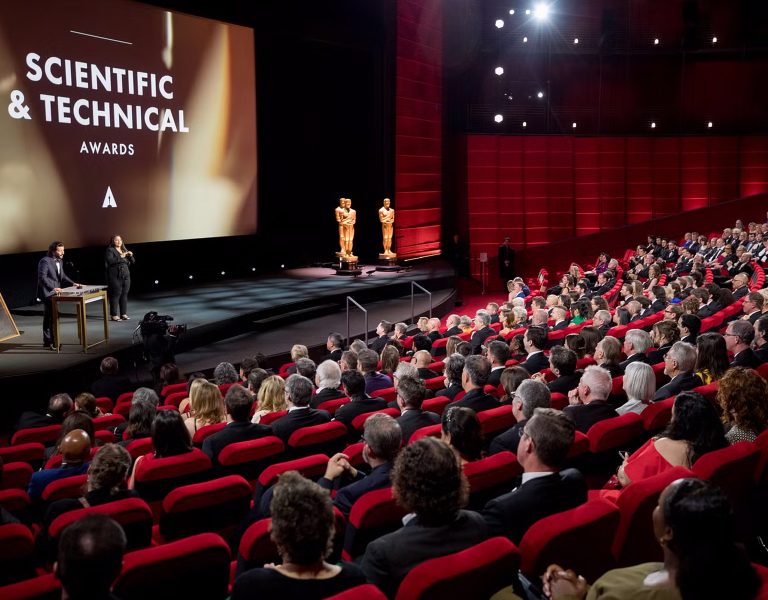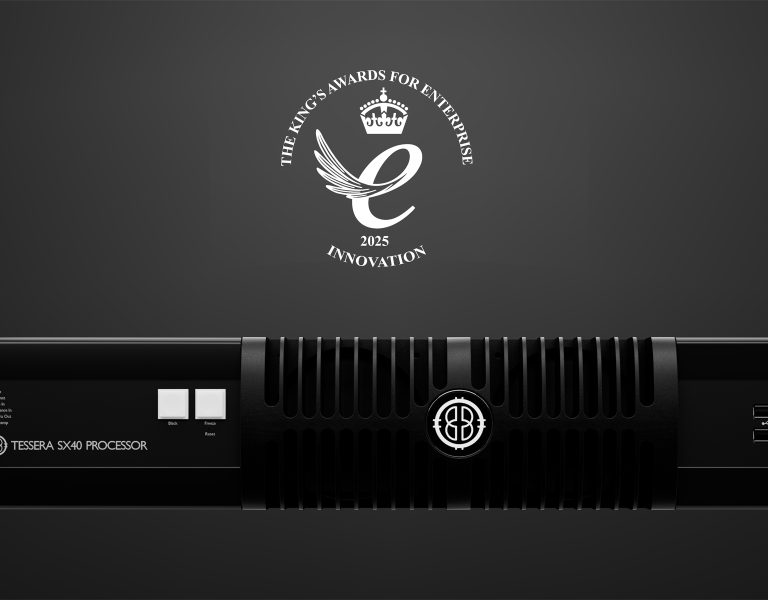
Amazon Studios and ARRI have collaborated on an exclusive, in-depth video featurette about The Lord of the Rings: The Rings of Power, analysing the cinematography, VFX, lighting, and cloud-based workflow of a key sequence: the eruption of Mount Doom.
The Rings of Power was captured in large format with ARRI’s ALEXA Mini LF and ALEXA LF cameras combined with DNA LF and Signature Prime lenses supplied to the New Zealand-based production by ARRI Rental Munich. With multiple units shooting simultaneously and the pandemic restricting travel, the producers set up a sophisticated cloud-based workflow that depended on metadata supplied by the cameras and lenses.
A pivotal moment in season one is the cataclysmic eruption of Mount Doom at the end of episode six, its aftermath providing the backdrop to the opening of episode seven. Cinematographer Alex Disenhof ASC, who shot both episodes, chose this sequence as a perfect case study for the ARRI featurette. He and senior visual effects supervisor Jason Smith were interviewed on camera at ARRI Rental in London, while producer Ron Ames and visual effects producer Jesse Kobayashi were interviewed at ARRI’s facility in Los Angeles.
“When I hit the ground in New Zealand, one of the first things we had to tackle was how to shoot this post-apocalyptic landscape,” says Disenhof. Production designer Ramsey Avery provided some initial looks for the immediate aftermath in a village near the eruption, described by Jason Smith as “basically a version of hell.” The solution was a narrow color palette consisting purely of gradations of red and the yellow flames of multiple fires—a look so extreme that it needed the control of a studio environment.
Disenhof rigged a sound stage with hundreds of ARRI SkyPanel S60 and S360 LED fixtures behind muslin screens around and above the village set, allowing him to fine tune the red color and create soft backlight in every direction. Fire and smoke on set was supplemented by VFX in post, adding more fires, airborne particles, and shadowy details in the background for greater compositional depth.
What Disenhof loved about working in large format with the ALEXA Mini LF and ALEXA LF was “the ability to shoot at my desired stop and still have a shallower depth of field, which was important in this scene because ultimately we did have a lot of visual effects and we wanted the world to be a bit hazy behind our characters, not just through smoke but through focus.”
From the studio scenes set immediately after the eruption, episode seven progresses through a series of visual transitions as the characters leave the village and eventually emerge to clear skies. These sections of the sequence were shot on location, with Disenhof matching the red color from the sound stage with tobacco filters of gradually decreasing intensity, finessedby on-set grading.
The DNA LF lenses used on the series are products of ARRI Rental’s in-house lens development program, combining vintage optics with modern housings. “They are my favorite prime lenses,” says Disenhof. “They provide a roundness to the image that it is hard to explain.” Jason Smith adds: “The other nice thing about these DNA lenses is that, in spite of the fact that they’re using vintage glass, they’re still capturing metadata…that feeds into our visual effects pipeline.” For some scenes 200 mm and 280 mm ARRI Signature Primes were used. Here, too, the production benefited from the lens metadata, in addition to the exceptionally soft bokeh for which these lenses are known.
The mix of studio and location, and the incremental transitions from a red look back to normality, made the camera and lens metadata invaluable. “The journey of the metadata for this particular sequence was of extreme importance,” says Jesse Kobayashi. “Having all of that information from all those different departments all in one place, accessible to the VFX teams and to the post teams, was I think what made that sequence look as good as it did in the very end.”
Ron Ames describes the extent to which cloud computing was incorporated into the workflow of The Rings of Power as unprecedented. “ARRI has been there from the very beginning,” he says. “ALEXA cameras and smart lenses all communicating together is really how cloud-based computing works.”
Despite the cutting-edge workflow, Disenhof says that the visual effects team “were essentially surrounding us with this tech bubble that we could just work within…it was actually one of the most freeing experiences I have had on this kind of level of filmmaking in terms of the technical side. I didn’t have to worry about any of it. We could just focus on telling the story.”
Season two of The Lord of the Rings: The Rings of Power is currently shooting in the UK, with ALEXA Mini LF and ALEXA LF cameras and DNA LF lenses supplied by ARRI Rental London.
